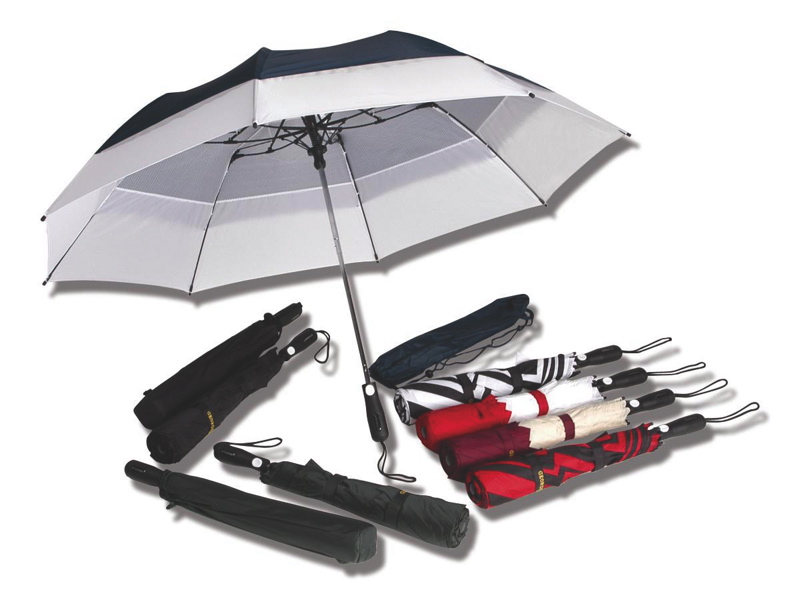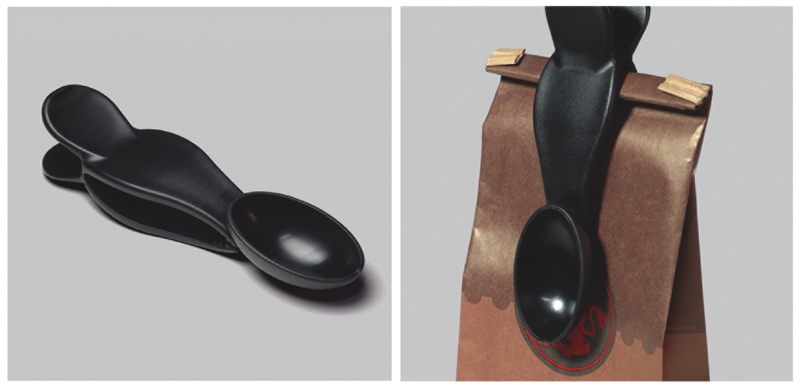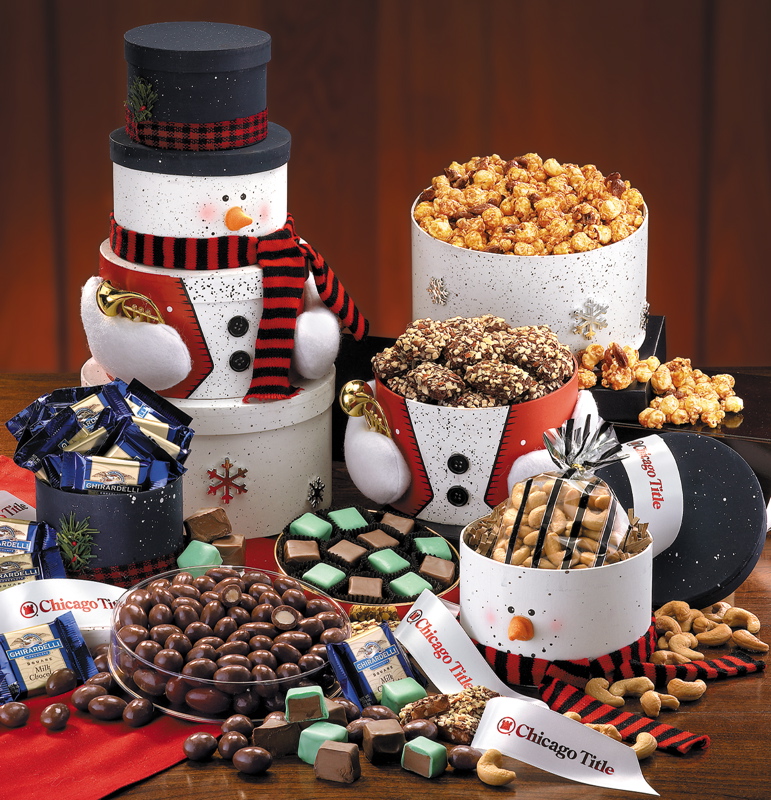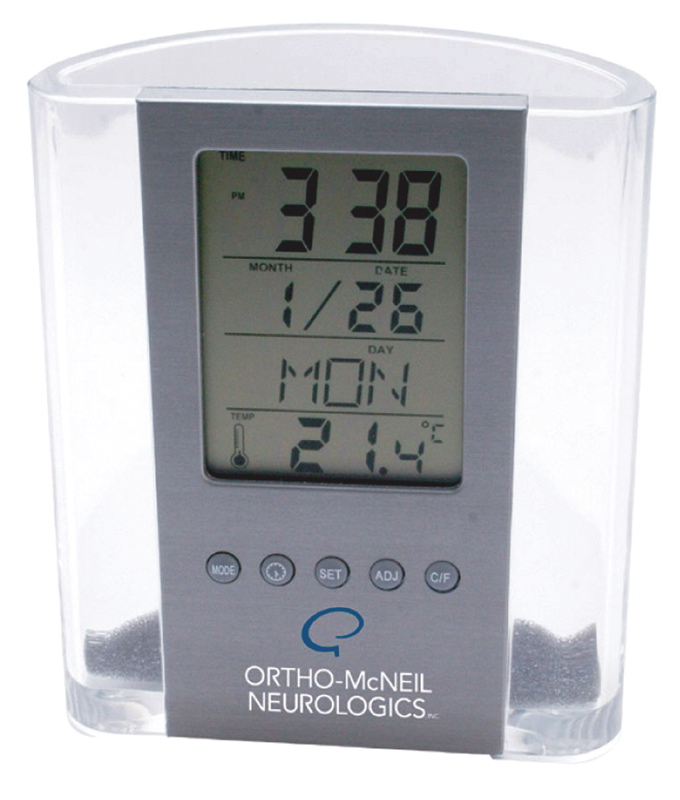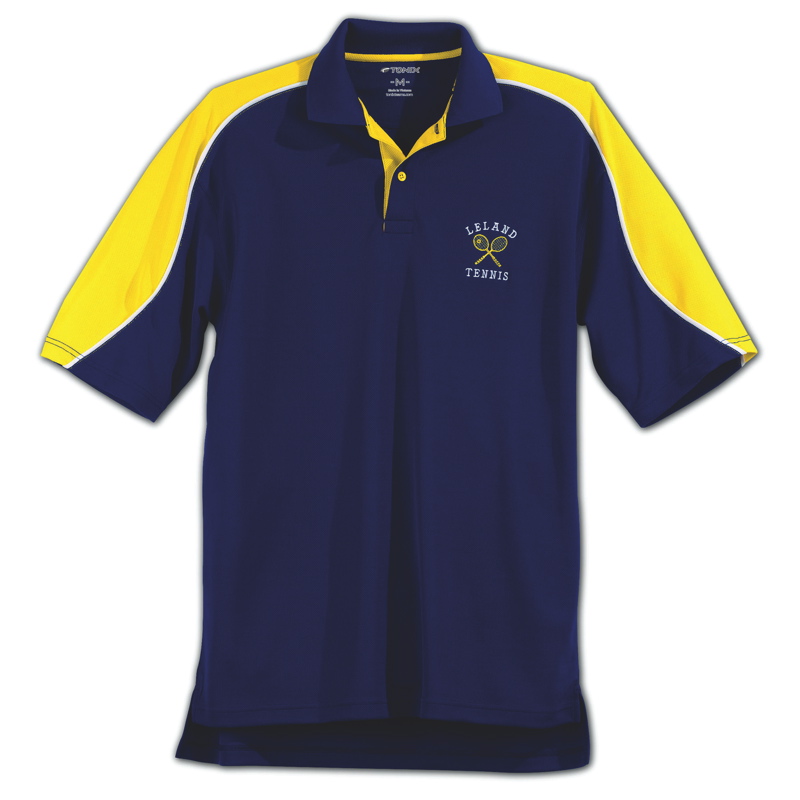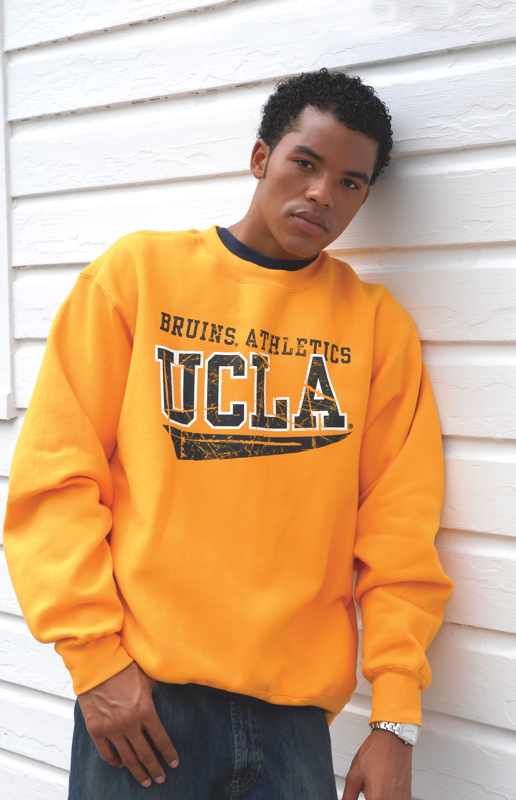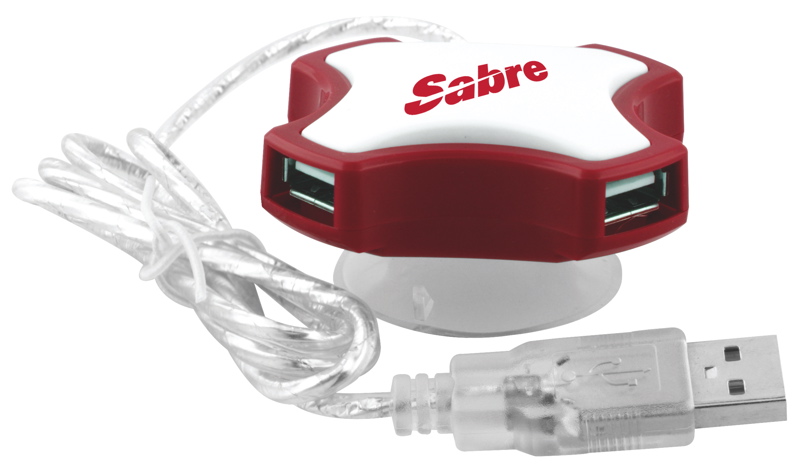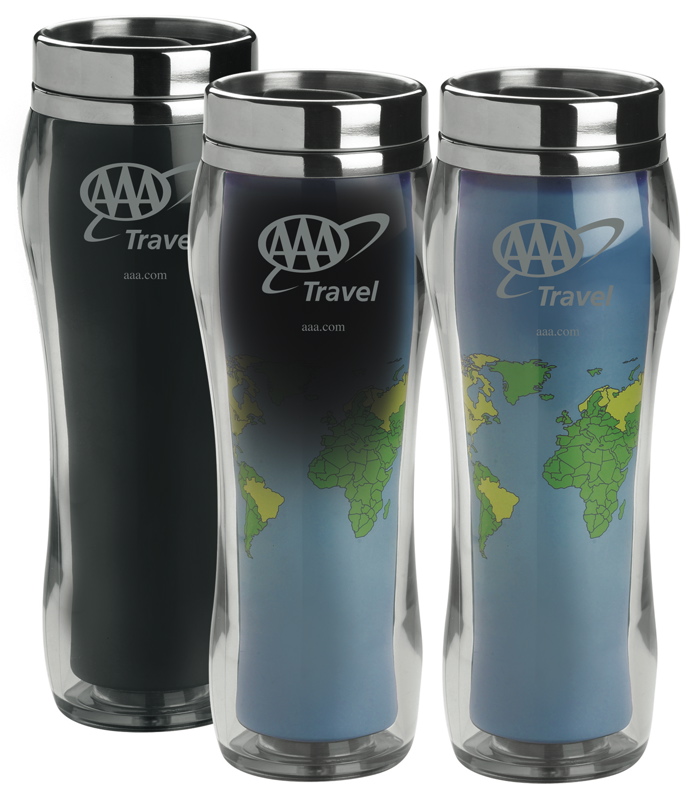THE WORKINGS OF the global economy are beyond ordinary levels of comprehension. The flow of money across international boundaries happens at the speed of light thousands of times a day. Conceptual currency, carried on cables, disappears from New York, appears in China, is split between branches in Beijing and Hong Kong, is converted and withdrawn. The whole system is held together by the even more abstract concepts of faith and agreement. People agree the green, paper rectangles have value, and they have faith the same agreement will be in place each day. As a testament to the strength of the consensus, financial institutions exist seemingly
Read MoreAuthor: Laurence Liss
Design in Mind
THE PROMOTIONAL PRODUCTS industry is a hungry beast. It feeds on new ideas, designs and innovations. It is insatiable. One product enters the scene, only to be greedily consumed and fed to end-users in an endless attempt to set a logo apart from the crowd. This is hard work for suppliers of promotional products who must continue to fulfill a demand for products possessing nebulous adjectives, such as “new,” “hot” and the oft-cited “unique.” Many suppliers are left waiting to hear of new inventions, which can then be added to a line, but a few suppliers are taking a different approach. This rebel bunch goes
Read MoreHoliday Time Flies
IN 1905 ALBERT Einstein published his theory of special relativity. The theory, which has since been proven correct by experiments, revealed one of the most startling truths about the way the world works: Time changes depending on who is observing it. It seems counter-intuitive when dwelled upon, but most people have experienced it in some way. Einstein himself described the phenomena to the masses with a quirky analogy. He said if a person touches something hot for a minute, it will seem like an hour, but if he or she sits with a lover for an hour, it will seem like a minute. “That’s
Read MoreOFFICE SPACE
FOR MANY AMERICANS, work and personal life have become indistinguishable. Living according to the business motto, “it’s who you know,” has blended friends and colleagues together. Perhaps the biggest changes are the result of technology. Wireless communications enable people to work on the road or in a café just as easily as if they were in the office. All the needed resources and capabilities of modern working society now fit into a briefcase. Working from home is increasingly popular for employees of major corporations as well as for small business owners and the self-employed. Office and desk items are changing to keep up with the times.
Read MoreIN A LEAGUE OF THEIR OWN
WHAT MAKES A true fan? It seems to be more than simple enthusiasm. A dedicated fan will drive hundreds of miles and pay hundreds of dollars to see the source of his or her admiration. In a way, a dedicated fan is much like an adolescent in love. The fan is dedicated to the point of irrationality. No wrong can be perpetrated that will sway the fan’s feelings. No loss is great enough to make the fan lose hope; no foul is ever fairly called in the fan’s mind. It’s best not to inadvertently insult a fan. Luckily, most are easy to spot. Most fans
Read MoreUPGRADE YOUR GRAY MATTER
IN MAY 2007, The New York Times published an article about schools on the cutting edge of the educational technological revolution. These institutions had instated programs through which each student had access to his or her own laptop computer. The students could do research easily through wireless networks and lesson plans could incorporate advanced graphics and tools. The schools scrapped the programs. As the article reported, the laptop-based lessons were constantly hindered by technical problems and inconsistencies. Students rarely used the computers for research, opting instead to play games, chat via instant messaging programs, watch videos on YouTube, cheat on tests and even view pornography.
Read MoreNEW SCHOOL
ACCORDING TO STATISTICS from the National Center for Education Statistics and the Carnegie Foundation for the Advancement of Teaching, there are 4,388 colleges and universities in the United States. For distributors looking to successfully sell imprinted apparel to this market, there is certainly no shortage of opportunities. The top schools and most recognized names probably have long-standing deals, but what about the 3,500 other schools of which most people have never heard? Each institution has proud students willing to promote their school and school teams on T-shirts, pants, sweatshirts and even underwear. “Students will spend money on anything that has [their school logo] on
Read MoreWhat Women Want
WOMEN’S APPAREL IN the promotional products industry is a single creature with two contrasting personalities. The Dr. Jekyll of promotional apparel is the side of the industry focused on office workers and business-casual attire. After hours, Ms. Hyde likes to come out wearing tank-tops and scoop-neck T-shirts in flashy colors. Both sides of the promotional business are trailing behind the younger, crazy sister known as the retail market. Dean Vuong, vice president of Kavio, Commerce, Calif., said it is a “good thing” that promotional apparel is “one step behind” retail. “We know that if you can modify from [retail] to the promotional, then you will
Read MoreCHECKMATE
INTERNATIONAL CHESS MASTER Gary Kasparov’s loss to the computer Deep Blue in 1997 was a benchmark for computing. It was the first time a computer beat a reigning human world chess champion. At the time, Deep Blue was the 259th most powerful computer on earth. Today, the raw computing power of Deep Blue can be matched in almost any off-the-shelf personal computer. Computer technology may be the most quickly advancing market, which means the wealth of computer-related promotional items is ever increasing. For consumers and end-users, processing speed and capacity aren’t the only factors driving demand. Style and design come sharply into play. Consider the iPod
Read MoreLiquid Success
TO GET AN idea of how much coffee is consumed by Americans, consider the case of researchers in the Seattle area. Thinking they could trace the flow of pollutants in the Puget Sound and the currents that carried them, scientists began taking caffeine samples. Unfortunately, the amount of caffeine proved so great it made the data unusable. According to an Associated Press article, caffeine was found in more than 160 of 216 samples in water as deep as 640 feet. Where did all the caffeine come from? Human bladders and coffee spilled on the street. Meanwhile, the Web site coffeereasearch.org reports “The National Coffee Association
Read More
